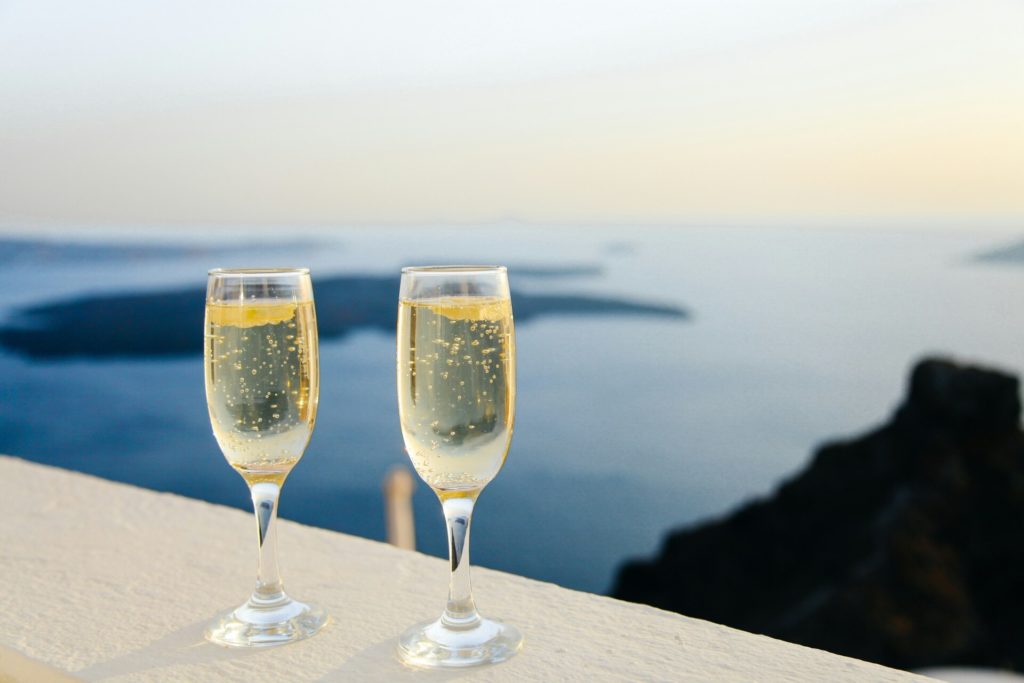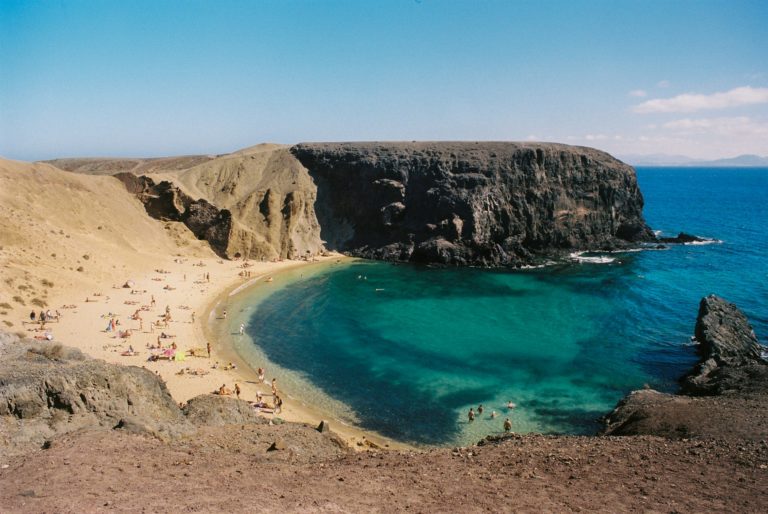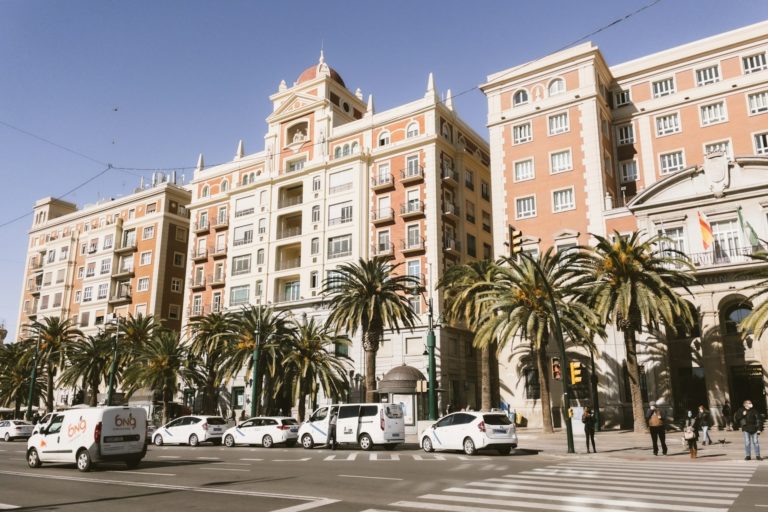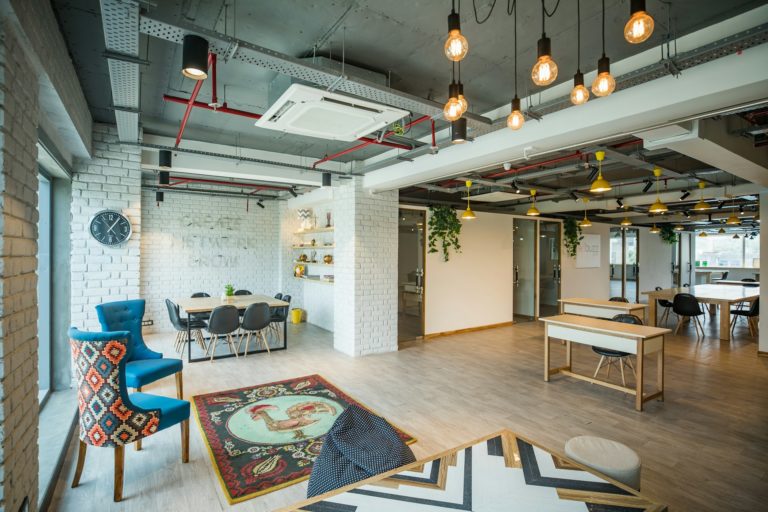
With a well-defined profile, Silver Tourism has ceased to be an idea and has become a reality. The city of Malaga, for example, is already focusing much of its tourism strategy on this segment and has created a “Silver Economy Hub” of public and private companies to boost sector growth over the coming years. Another noteworthy initiative is the recent Silver Economy Forum, which, at its last gathering, shared data revealing that 60% of national consumption comes from people over 55 years of age.
“Silver tourism” or “senior tourism” refers to a market segment of retired or pre-retired people who seek wellness products, gastronomy and culture during their vacations. With grown children and savings that allow them to schedule several getaways throughout the year, these travelers go beyond the typical tourism spots to explore new destinations, making a broader impact on the hospitality industry.
The Silver Economy is making inroads
In general terms, tourism accounts for 13% of Spain’s GDP and generates 15% of its employment. According to studies cited by sociologist Juan Carlos Alcaide, 35% of spending in the Spanish tourism sector derives directly from people over 55 years of age.
For Alcaide, a marketing expert specializing in Silver Tourism, the potential of this market is enormous. “I like the 50/50/50 figure. That is, in 2050, 50% of the population will be 50 years old or older. It’s clear that anyone who wants to survive in this economy and new demographic reality will have to adapt to people in the later stages of their lives,” he points out. Thus, the Silver Economy is set to dominate trends over the next ten years and all tourism-related sectors could benefit from these new customers.
As cited above, cities like Malaga are taking concrete steps in this direction and have calculated that 50% of their senior tourists are international, a profile that has managed to displace young people in their 20s who consume very little. The Silver Tourist has purchasing power and values Spanish gastronomy and culture, and thus can become a loyal consumer of a whole ecosystem designed to meet their expectations. Senior Living projects and tailored banking, insurance, fashion, local commerce and automotive products are gaining strength.
In addition to the over-55 travelers seeking relaxation, the silver digital nomad is another profile hotel projects must consider. These are businesspeople who work remotely in Spain for some period of the year, benefitting from the good climate and dining as well as culture.
Local and foreign tourists
Because of its privileged geographical location and good hotel infrastructure, Spain is well prepared to consolidate its senior tourism offer for both foreigners and nationals.
As Alcaide says, “it would be a huge mistake to focus only on international tourists or, on the contrary, to focus only on Spanish tourists, because as people grow older and children or teenagers are less dependent, they gain mobility and have greater wealth. Besides this regained freedom, they are in good health and have a great desire to live life to the fullest.”
According to this expert, Spain’s unfinished business in facing this challenge is the quality of its services, which have yet to reach premium levels in all sectors. Culture, history, gastronomy, climate and the variety of destinations are already assets that position Spain well among major competitors in hotel development, making the task ahead difficult but possible. “We have the makings to be the world leader in Silver Tourism and we should be. We have to develop a country strategy in the public sector and individual strategies for companies in the private sector to make the most of our potential,” concludes Alcaide.



